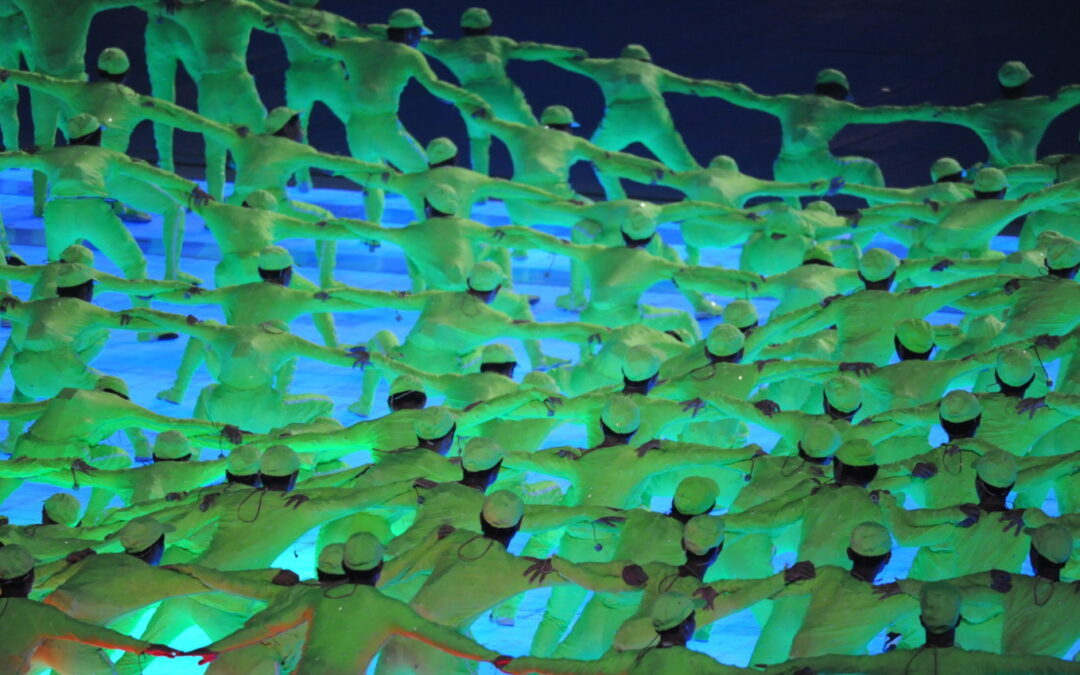Working in teams and teamwork are the backbone of any modern organisation. They are where the work gets done. As organisations move away from hierarchy and towards more team-centric structures (such as podular from the work of Dave Gray or team of teams from the work of General Stanley McChrystal et al), we need more of a focus on the role HR must play in enabling and developing highly effective teams through formal, informal and social team development. Certain team structures can create clear competitive advantage when aligned to ways of working, but for many teams and their leaders, the way towards that Holy Grail is unclear and lacking in guidance.
With most development efforts within organisations focussed on the personal development of career paths or emerging/existing leaders, there is an opportunity for HR to create a new focus: developing new ways of working specifically for teams. As organisations grapple with creating the future of work, whilst continuing to deliver today’s business, the role of HR facilitator of change grows ever more pressing. We often talk about the difference between a manager and a leader at the top end of an organisation (a divide which is also clear in a team setting), but now we must empower team leaders to provide direction, passion, purpose and alignment rather than continue to enable team managers, whose only focus is tasking and performance monitoring.
What are the characteristics of a highly effective team in the absence of a hierarchy to impose upon it?
I believe these include:
- Obsessive focus on purpose & commitment
- Co-creation of ambitious team goals
- Clear and mutual commitment to delivery
- Diversity of expertise, experiences (both inside and outside of work) and backgrounds
- High levels of trust
What are the areas a team needs help addressing to embody those characteristics? Which tools and techniques can HR provide, enabling teams to become more self-aware of their own performance?
In my view, these are some of the areas where HR should be active:
Goal Setting: At the beginning of a project or work cycle, the team should come together (ideally face-to-face, although this can also be done virtually) to discuss and agree what the goals for this piece or work or this time-period should be. There are several goal-setting frameworks that can be used to facilitate this process (such as SMART criteria or OKRs) but the most important thing is that the team is aligned on the framework and the goals being set.
Making commitment visible: In work environments where employees work autonomously and self-organise, ‘commitment-based jobs’ is a good technique for allocating capacity and bundling individual responsibilities. The key principle is that employees can request colleagues to take on responsibilities, but everyone is allowed to decide which tasks he/she commits to. In an organisation fully based on commitment-based jobs, new hires will initially not have any tasks or responsibilities, but will need to create work for themselves in the organisation by committing to tasks or projects.
Having an intrapreneurial mind-set: Understanding that ideas are ‘a dime a dozen’ – there are so many floating around the average team that it can be overwhelming. Harnessing the power of getting started, experimenting, failing fast and learning the lessons, as a team, creates a new and exciting way to work.
Leveraging diversity as an advantage: My colleague Christine recently wrote about the importance of designing for diversity in the workforce in combating Groupthink and less innovative approaches to customer problems. Although diversity makes it onto the agenda in many organisations, discussions still tend to focus on the challenges and barriers of managing a diverse team, rather than focussing on how to leverage the benefits of different mental models and problem-solving techniques. This is where a knowledge-base full of best practices sourced from across the company and external case studies can help teams re-visualise the way they work.
Conflict management & tension processing: Teams taking on new challenges and needing to perform at the top of their game often face conflicts in the early stages of development. One of the best techniques to come out of Holacracy is a simple method for processing team tensions and working together to find solutions. Without clear techniques (and in some instances, a coach to help with the implementation) a team can find itself expending precious energy in just trying to hold itself together.
Self-awareness: Research carried out at Cornell University’s Centre for Advanced Human Resource Studies highlighted the need for higher levels of self-awareness to enable better performance. The more often a team Worked Out Loud, narrating their work and communicating their roles, the more effective they were. “As team members gain awareness of the team’s purpose and their individual roles and responsibilities, they achieve higher performance and are better equipped to respond to evolving demands.”
Team development is where we see the impact and results of structures, culture and practice come to the forefront. Balancing these attributes and providing the framework inside which magic can happen is an exciting new area for HR to explore.

